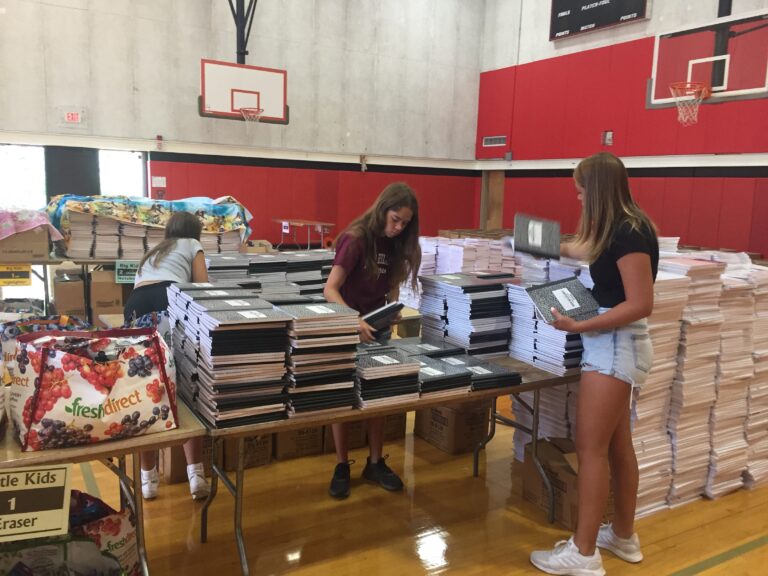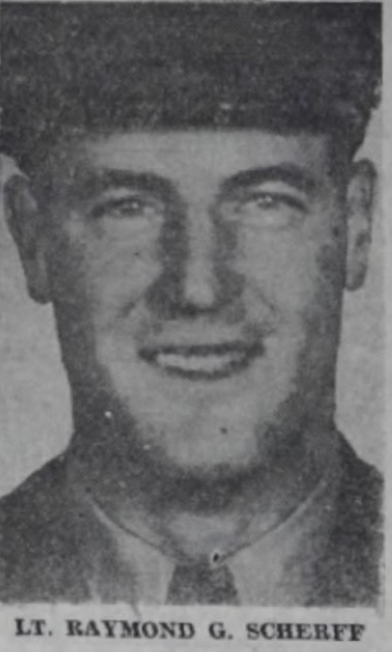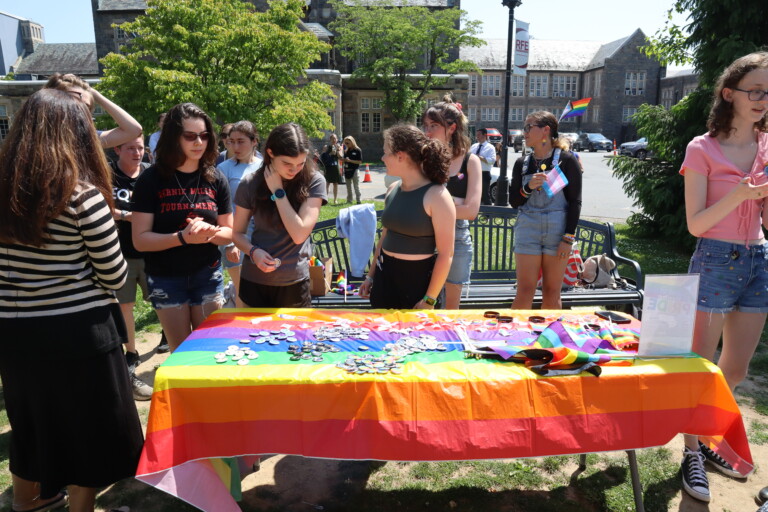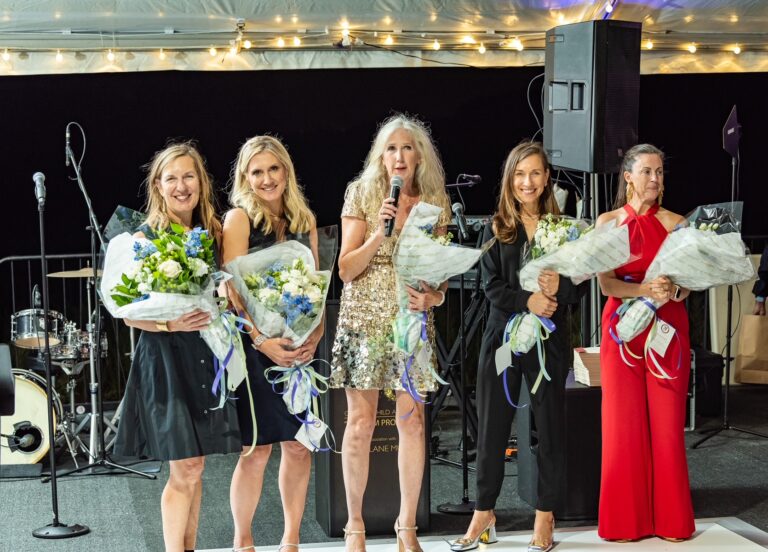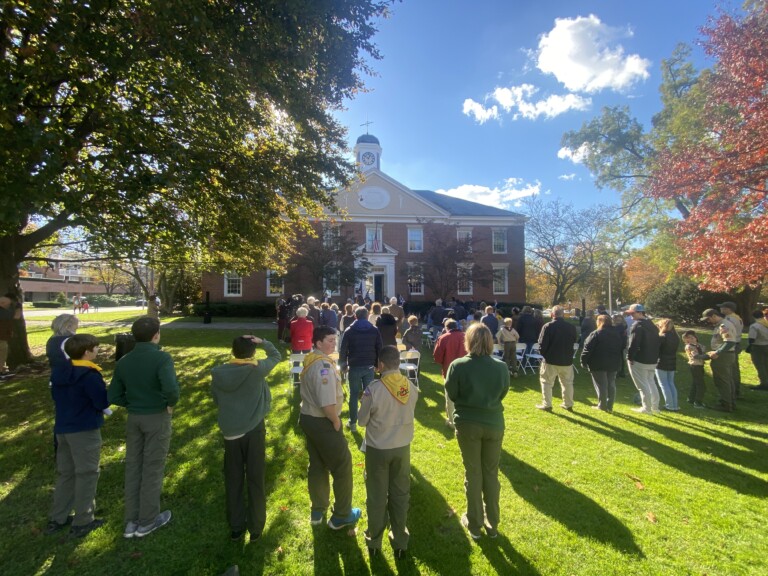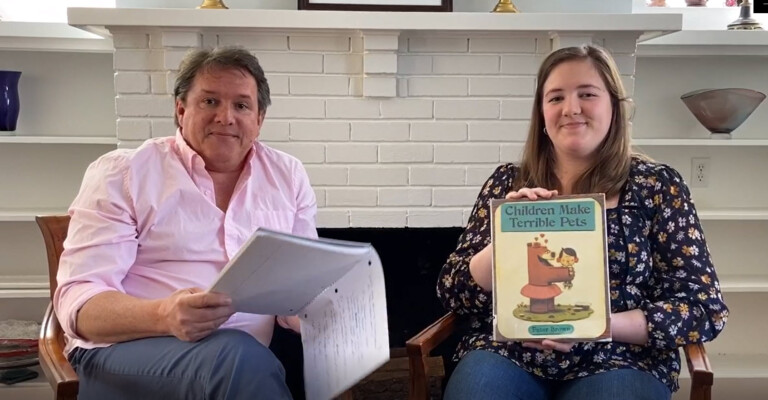Honoring Service: Fallen Veteran George E. Christman Jr., World War II
Our reporting on local veterans is a collaboration with RyeVets.org to highlight those from Rye who have served our country across times of war and peace. There are over 2,100 veterans from the City of Rye. Learn more about how you can help research and write biographies of those that have served.
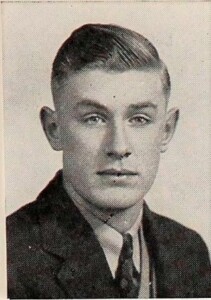
George Eugene Christman, Jr. was born in Ohio in 1920. His parents were George E. Christman, Sr. , born in Ohio and Anna, born in New York. George Sr. s occupation was in Hotel Work. George Jr. had a younger brother, Gilbert, and three younger sisters, Lillian, Betty and Helen M. The family lived at 56 Roosevelt Avenue in Rye. George was a 1939 graduate of Rye High School where he was a star baseball player. He was also a part of the Fingerprint Club, the Drivers’ Club, the football team, and he was a Junior Coach. George had signed to play with Newark in the Yankee farm system before enlisting in 1940 and serving in the U.S. Navy during World War II.
Date of Birth: 1920
Died On: 25 Oct 1944
Street Address: 56 Roosevelt Ave. Rye, NY
Branch of Service: U.S. Navy
Service Time: George Jr. enlisted on March 7, 1940 and served in the Navy where was a member of the Air Group 18, Attack Squadron Torpedo 18 VT-18 . He achieved the rank of Aviation Machinists Mate 2nd Class. George was a turret gunner and manned a 50 caliber machine gun on bombing raids in the Pacific Theater of Operations. His flights originated from the aircraft carrier U.S.S Intrepid the most frequently hit ship during World War II; 1 torpedo and 5 kamikaze.On the morning of October 24, 1944, in the Sibuyan Sea amidst the Philippine Islands, VT-18, a close-knit squadron of six young American torpedo bomber pilots, departed the Intrepid on a search and destroy mission. Their target: the super-battleship Musashi, the pride of the Imperial Japanese Navy. The pilots were tasked with preventing the immense enemy warship and the huge naval armada of which she was a part from inflicting unspeakable damage on the transports and supply ships that were supporting the American amphibious landings within nearby Leyte Gulf. Little did these young men know that they had embarked on the opening rounds of history’s greatest and last epic naval battle.
Making torpedo runs at low altitude and high airspeed, the six torpedo planes from VT-18 twisted violently from side to side to evade enemy anti-aircraft fire; they pressed home their attack to within a mile of the massive warships before releasing their heavy torpedoes. Ensign Gregory G. Fletcher was pilot and George Christman was a gunner on one of the planes of Attack Squadron Torpedo 18 VT-18 . They launched their torpedo and it exploded in Battleship Musashis hull, starboard side amidships, and scores the first confirmed aerial torpedo hit on a Yamato class warship. But their airplane is mortally wounded by Musashis anti-aircraft gunners, and crash-lands in the Sibuyan Sea. As Fletcher clambered out of the cockpit of his rapidly sinking airplane, he discovered that his two crewmen one being George Christman had been killed.
Intrepid s first strike was followed by a second and third, and by air strikes throughout the day from navy fliers operating from other American carriers in the Philippine Sea. As the sun set on October 24, the great Musashi, believed by her crew to be the embodiment of the Japanese nation and indestructible, rolled over and sank, taking with her more than twelve hundred officers and men and leaving nine hundred more adrift in the Sibuyan Sea.
George Christman’s Attack Squadron Torpedo 18 VT-18 planes helped to blunt the massive Philippine counter-offensive that Japanese strategists hoped would lead to a decisive defeat of the United States Navy and persuade the American government to sue for peace. VT-18s torpeckers were among the last participants in the dangerous and problematic game of aerial torpedo attack against capital warships. Of the twenty-eight pilots who put to sea with VT-18 in August 1944, fifteen were awarded the Navy Cross the United States Navys highest decoration for valor for their heroism during the running sea-air fight between October 24 and 26, 1944, three of the most intense days of carrier combat in aviation history.
George Eugene Christman, Jr. was killed in action on October 24th, 1944 during the Battle of Leyte Gulf and was awarded the Air Medal and Purple Heart
His citation reads: Fearlessly exposing himself to a withering barrage of intense hostile anti-aircraft fire. Christman fought his guns with aggressive determination and, despite severe damage to his own plane, successfully strafed the deck of several enemy ships . His relentless fighting spirit and steadfast devotion to duty without regard to his own safety were in keeping with the highest traditions of the United States Naval Service The citation was signed by Secretary of the Navy James Forrestal, for President Harry S. Truman.
George Eugene Christman, Jr. Rye High School Class of 1939. Intrepid Aviators a book by Gregory G. Fletcher tells the true story of Torpedo Squadron 18 VT-18.

